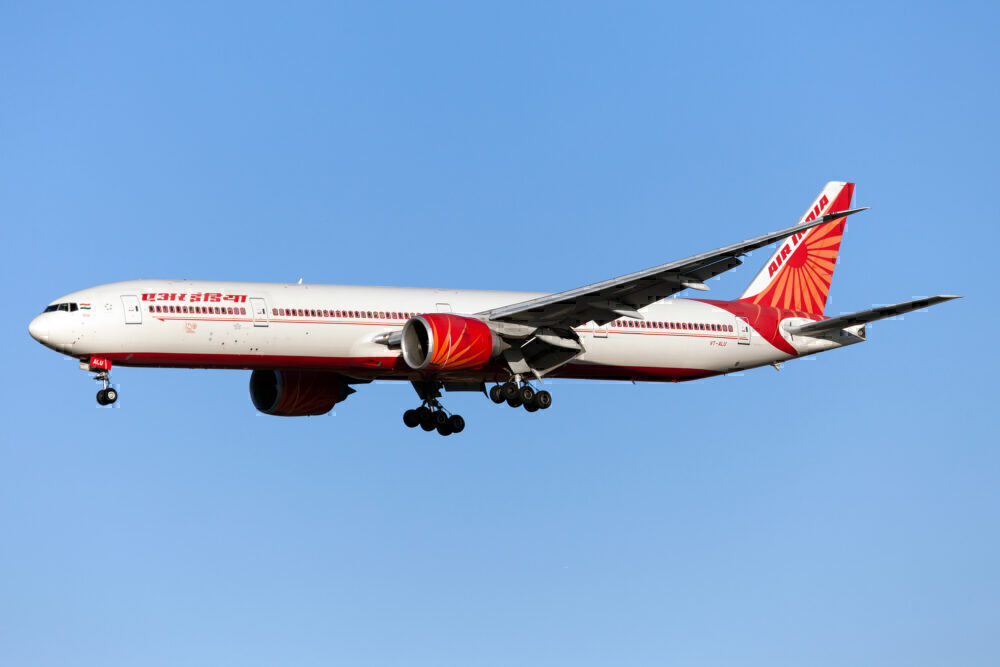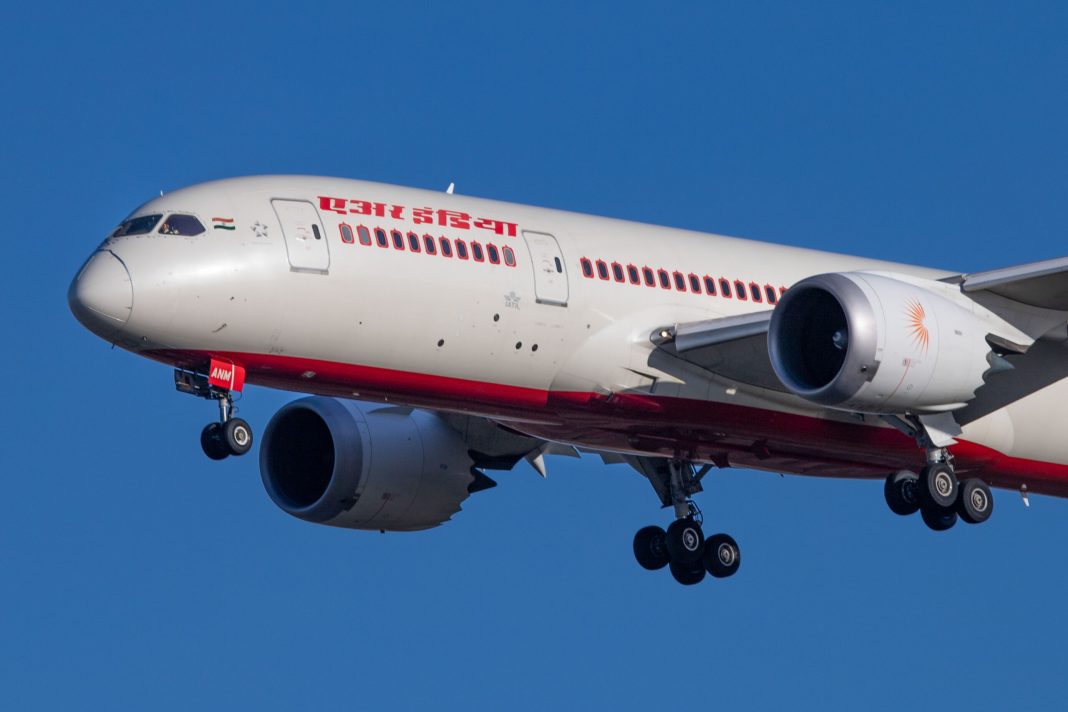The Vande Bharat Mission is preparing to enter its 8th Phase on 1st November. The repatriation mission, now the world’s largest, has been ongoing since early May and has grown dramatically since then. So what is the latest with Vande Bharat?

Mission continues
For those who may not know, the Vande Bharat Mission (VBM) is India’s repatriation operation to bring home stranded Indians. India banned all scheduled international flights in March, which meant no flights except repatriation were allowed to operate (this has been slightly eased since). The first phase started in early May, bringing home 15,000 Indians on 64 flights. Since then, the operation has grown to over hundreds of weekly flights, bring home over 5,000 passengers a day.

The Vande Bharat Mission is now entering its 8th Phase on November 1st, with plans for over 1,600 flights (including domestic connections) from 26 countries. This includes Australia, Egypt, Saudi Arabia, Israel, China, Singapore, and more, which don’t have travel bubbles with India.
Most flights continue to be from the Middle East, with countries such as UAE, Oman, Saudi Arabia, Kuwait, and others. There are also a substantial number of flights from the UK, Canada, US. These are all countries will whom India has signed travel bubbles agreements, allowing foreign carriers to operate as well.
Who operates these routes?
While Air India operates all of the long-haul routes (except Vistara’s new flight to London), shorter routes are flown by private carriers and Air India Express. IndiGo offers flights to many Middle East destinations and is the largest private international operator for now. GoAir and SpiceJet also operate a number of flights to medium-haul destinations in the Middle East and Central Asia.

Air India and Air India Express, as the state-owned carriers, fly a bulk of the international flights. Private carriers remain restricted to a handful of travel bubble and charter routes which they can operate on, while Air India can fly to many more destinations.
Why is the mission still ongoing?
Most countries have largely wrapped up their repatriation operations, only flying a few services on an ad-hoc basis. However, India’s ongoing ban on scheduled international flights means that VBM flights are important for thousands of passengers. Minus the 20 countries on the travel bubble list, VBM flights are the only option to all other countries (connecting flights are also technically banned).

High-traffic countries such as Singapore, Saudi Arabia, Australia, Kuwait, and more can only be reached by repatriation flights. The lack of agreements with key countries means that repatriation flights will have to continue. It is also unclear if countries would sign agreements due to India’s high cases. Until scheduled international flights are restarted, the Vande Bharat Mission is likely here to stay.
Have you ever taken a repatriation flight? How was your experience? Let us know in the comments!
[ad_2]
Source link


